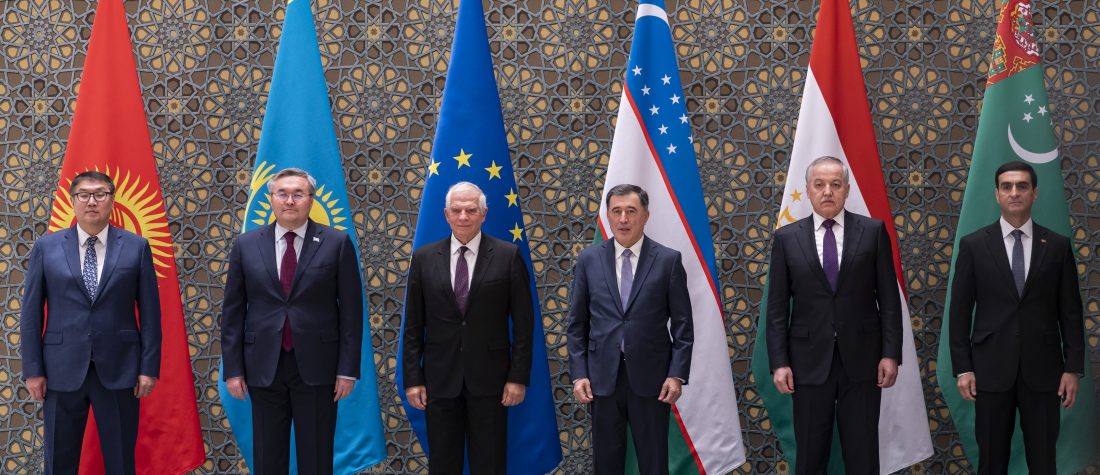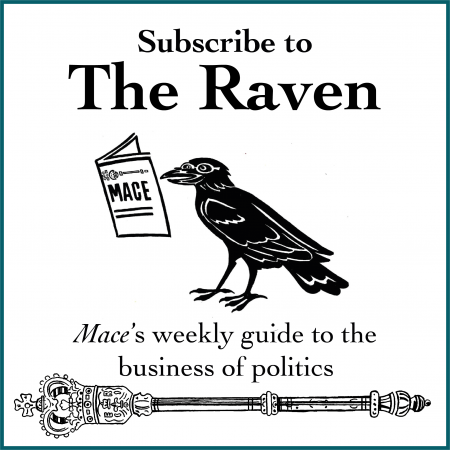Central Asia has long been considered a remote part of the world where the European Union did not have much to look for. Historically a part of the Russian sphere of interest and influence, isolated from the rest of world, this vast area remained largely peripheral up until the last decade.
China was the first to realise the strategic importance of Central Asia and to take action. In 2013 Chinese President Xi Jinping unveiled the ambitious Belt and Road Initiative (BRI) as a successor to the one-time Silk Road, with the aim to expand China’s economic (and political) influence through massive investments in infrastructure: railways, highways and pipelines to connect the country with Europe via Central Asia.
Following Putin’s aggression on Ukraine and the Western economic sanctions against Moscow, some voices inside the EU have been urging the Community to play a more active role in Central Asia with regard to both the energy policy and the connectivity with the Far East. European Council President Charles Michel’s recent visits to Astana, Kazakhstan and High Representative on Foreign Policy Josep Borrell’s to Samarkand, Uzbekistan can be signs of a new era in Europe’s relations with Central Asia. Especially if we take into consideration the €300 billion budget that has been set up until 2027 for the realization of the EU Global Gateway concept, Europe’s answer to the Chinese BRI.
Obviously, each eurocent invested in the region’s infrastructural development is money well spent as the so-called Middle Corridor, or Trans-Caspian International Transport Route (TITR), is still a slow and complicated connection between China and Europe with a set of border crossings, different customs systems and inevitable transshipments. Although estimations showed that cargo traffic through Central Asia and the Caucasus would grow six times in 2022 compared to 2021, the Middle Corridor cannot bear more than the 3 or 5 percent of the capacity of the northern routes. In terms of transport connectivity, we start from afar in the region.
But why not look at Central Asia as something more than just an intermediary between China and Europe?
The recent COVID-crisis and the ongoing war in Ukraine have already brought EU Member States closer together than ever before. As a result, serious attempts have been made to create a more uniform foreign policy that necessarily includes a common understanding on basic values of the Community. When it comes to dealing with non-EU countries, clear and consistent foreign policy is essential for an EU that is capable to stand up as an autonomous actor in the world.
Keeping this in mind, it is high time for the EU to re-evaluate its outlook on Central Asia as well: instead of seeing the region merely as an intermediary between Europe and China, the EU should pay more attention to its countries themselves. Regarding the replacement of Russian energy with Central Asian supplies, the process has already started, but the region’s countries can play an important role in terms of security issues as well, not to mention the importance of the West being able to counterbalance the growing Chinese ambitions in the area.
While Moscow’s influence is visibly weakening across the region, Central Asian nations, already used to conducting a balanced foreign policy, are also looking for new opportunities. Although they are actively advocating for the construction of the BRI, they are not blind to the strategic and economic threat that China poses. Compared to Russia and China, the EU has an advantage as it can extend such a partnering offer to Central Asia that is based on the Western understanding of mutual respect and common interests instead of dependencies and policies based on hard power. Yet, this should not come without a strict conditionality: clear expectations of continuing reforms are to be communicated by the EU, together with the possible incentives for the governments that accomplish and the negative consequences for any setback on the road.
Europe needs to learn from the failure of its Russia policy that prioritised economic ties while ignored autocratic tendencies and the lack of political freedom. In order to avoid creating dangerous dependencies on unpredictable partners once again, the EU should make it clear that mutual respect can only be based on the acceptance of democratic values and visible efforts for a democratic shift in Central Asian countries: something that will not be easy to achieve. Even in Kazakhstan and Uzbekistan, two countries that seem to take their very first steps on a democratic journey, there is still a lot to do and major transformations cannot be expected overnight. On the other hand, in Turkmenistan or Tajikistan any kind of changes are still hardly imaginable.
Yet, Central Asian governments that want to break free from the periphery and century-long dependencies from Russia now have to decide on their priorities. Either they maintain their current autocratic systems in their present form even if the price is to become China’s client state, or they take a step forward and cooperate with Europe: starting a democratic process and continuing a political and economic liberalisation. At the same time, the EU has its own responsibility to play an active role in the region and facilitate positive changes. This is a historical opportunity for both sides.


